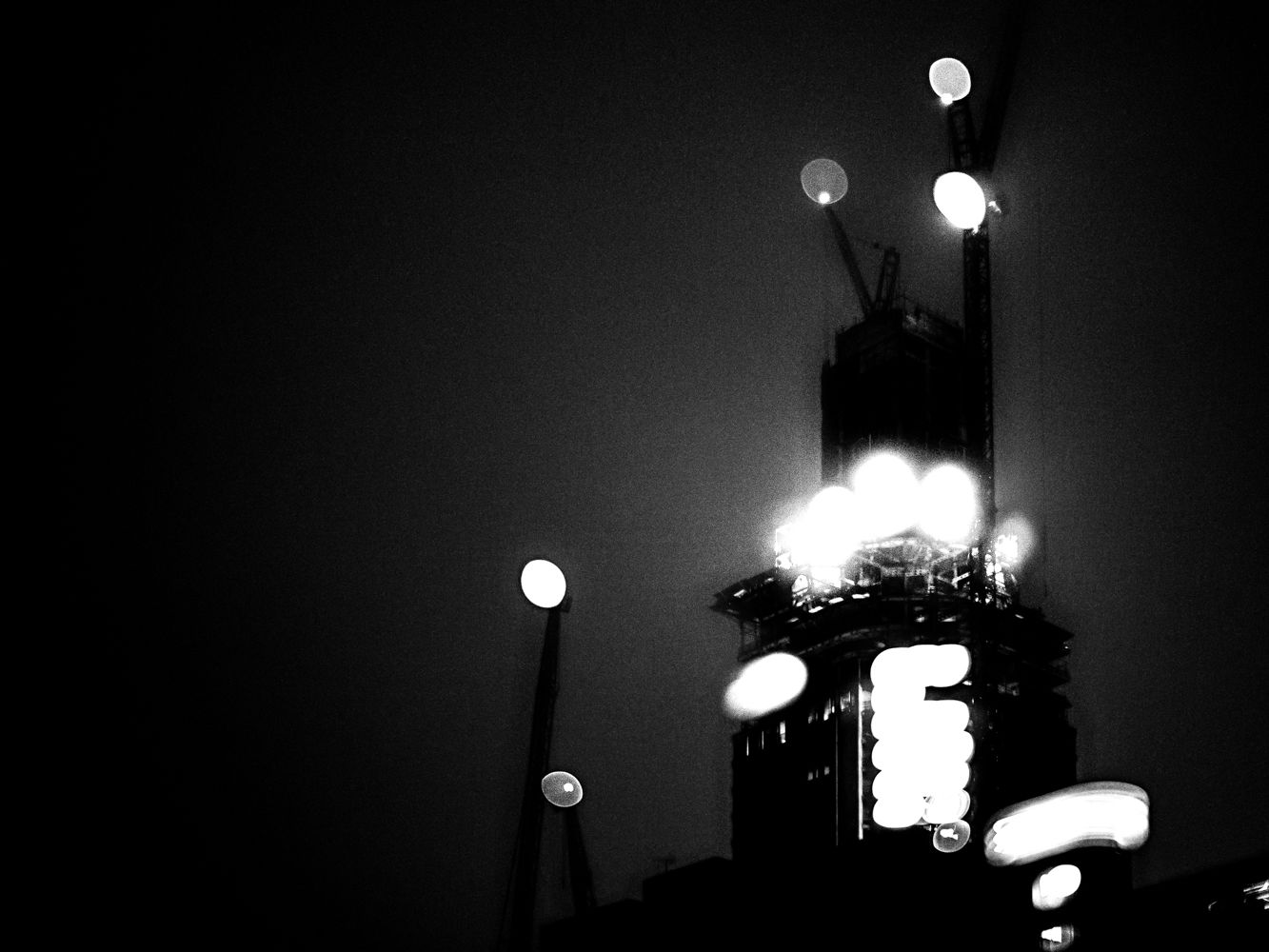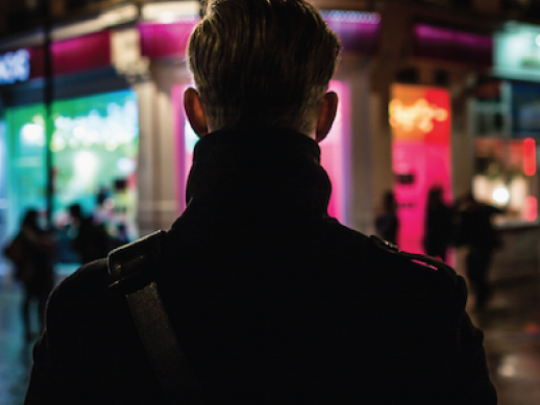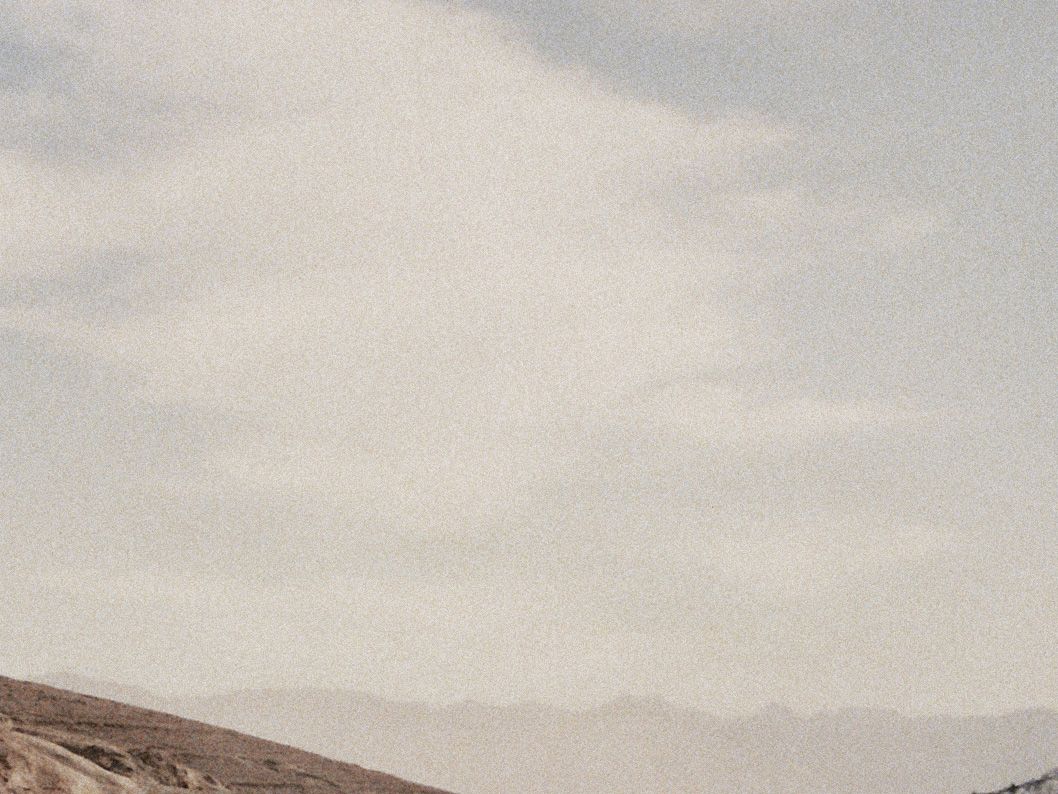On 11 September 2001 (“9/11”), 19 terrorists hijacked four passenger planes.
The hijackers killed 2,997 people and injured over 6,000 others. In the days following the attack, the U.S. president, George W. Bush, declared “war on terrorism” and in 2002, the U.S. government began a programme of extraordinary rendition. The C.I.A., or its partners, kidnapped suspected terrorists. They flew them from one country to another, often to secret “dark sites”, where they were imprisoned, interrogated and tortured. Up to 245 prisoners were detained in a prison camp within the U.S. Naval base on Guantanamo Bay, Cuba. The kidnapping, torture and imprisonment, without trial or formal evidence, breached international law. The practices would have been illegal under domestic law, if carried out in the U.S.A., Britain or most other countries.
It is a fundamental ethical principle that even those suspected of the most heinous atrocities are entitled to natural justice and due process. To resort to kidnap and torture is to risk accusations that the “West” has descended to the methods of the terrorists themselves.
There is compelling evidence that the British State, through its military and intelligence services, played a significant role in the C.I.A. rendition and torture programme. On 6 July 2010, David Cameron, promised “there would be an independent inquiry, led by a judge”, to consider “whether Britain was implicated in the improper treatment of detainees”.
However, attempts to investigate the full extent of U.K. involvement have been thwarted. An interim report published by retired judge Sir Peter Gibson found the UK’s intelligence agencies had been involved in rendition operations, and that officers had “supported” the mistreatment of suspects; assaults; sleep deprivation; hooding; and the use of stress positions; but he was denied access to key documentation and witnesses. He was prevented from concluding his enquiry.
In June 2018, Parliament’s Intelligence and Security Committee (“ISC”) found there had been systemic levels of U.K. support for torture and rendition operations. However, it too was prevented from accessing key evidence. The Committee described its own conclusions as “provisional”, stating that its report “is not, and must not be taken to be, a comprehensive account”.
Reprieve has launched a campaign calling on the Government to launch an independent judge-led inquiry into U.K. complicity in torture and rendition, building on the ISC’s “provisional” findings and answering the questions which remain.
“I’ll never forget the sight of my kidnappers, dressed all in black, wearing ski masks. I have no idea how long I was in the Thai secret prison because no one would let me sleep." – Fatima Boudchar
LCC students have teamed up with Reprieve and the artist David Birkin to create exhibits which reveal some of what is known about the U.K.’s involvement in rendition and torture. One couple portrayed in the exhibition are Abdul-Hakim Belhaj and Fatima Boudchar who were seized in Bangkok. She was pregnant. The C.I.A. rendered them to Libya.
Ms Boudchar said: “I’ll never forget the sight of my kidnappers, dressed all in black, wearing ski masks. I have no idea how long I was in the Thai secret prison because no one would let me sleep. The cell was white and stark… The masked abductors were waiting. I was terrified. They chained me to hooks. Because I was midway through my pregnancy, I could barely move or sit. Some of what they did to me in that prison was so awful I can’t talk about it. They hit me in the abdomen just where the baby was. To move me, they bound me to a stretcher from head to toe, like a mummy. I was sure I would shortly be killed. For the rendition flight to Libya, I was taped to a stretcher again. The tape caught the corner of my eye. It stayed that way, my eye taped open, tears streaming down my face, for more than 14 hours.”
Mr Belhaj was imprisoned in Libya for six years and brutally tortured. He was sentenced to death after a sham trial. Ms Boudchar was held in a Libyan prison until shortly before the delivery of her son. In 2011, researchers in Libya found a cache of Libyan intelligence files revealing the U.K. role in their detention and rendition. They included faxes between Sir Mark Allen, a senior MI6 officer, and Moussa Koussa, head of Gaddafi’s external intelligence agency. In one fax, dated 18 March 2004, Sir Mark congratulated Mr Koussa on the “safe arrival” of Mr Belhaj and claimed that the intelligence about Mr Belhaj “was British”.
All the detainees portrayed in this exhibition were released without charge. None was prosecuted. All are therefore innocent of any crime. The ISC report redacted the names of many of those who had been rendered and tortured “to protect personal identities and to safeguard against damage to operations” and used the code of bird names instead. For example, the ISC report states
“BULLFINCH … was captured [in] February 2002. … MI5 and [MI6] Head Offices were already aware of mistreatment of BULLFINCH. [In] June 2002, an MI5 Field Officer … discussed the treatment of BULLFINCH with another MI5 officer [who] was pleased because … when he saw him he was hooded and handcuffed to the outside cage, making it impossible for him to sit down …. [The officer] commented “that introducing such measures should ‘soften BULLFINCH up for the interview’”. In a separate account, the other MI5 officer present reported that, “Having heard a description of the conditions in which BULLFINCH was being held, [he] said ‘that’s torture, isn’t it?’”
Reflecting that trope, we juxtapose images of men and women and birds. In text, we detail the U.K.’s complicity in their rendition and torture. We have created world maps showing the routes of rendering flights in the style of bird migration maps. Drawing upon Alan Dershowitz’s proposals relating to Torture Warrants, we are exhibiting a torture kit and animations which include instructions to British agents and details from the Consolidated Guidance to Intelligence Officers.
Throughout the exhibition, there is audio of birdsong.
Words by Nic Madge for Visible Justice.
Visible Justice takes place at London College of Communication from Wednesday 17 April to Friday 3 May 2019, and is free and open to all.
- Find out about London College of Communication's Media School
- Explore events at London College of Communication
- Follow LCC on Instagram to see behind-the-scenes at the College





